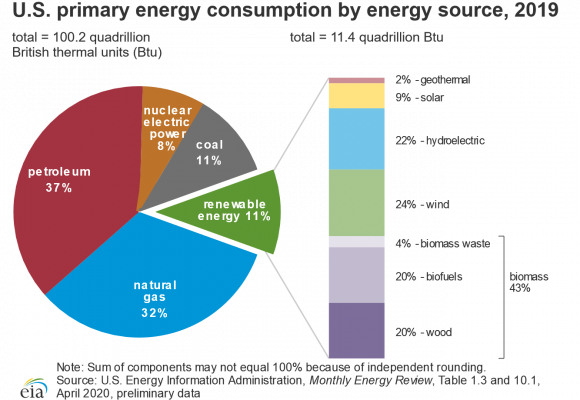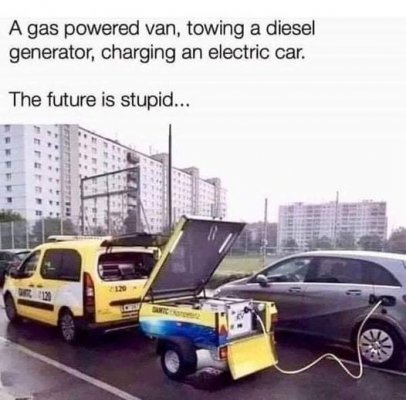DonTom said:Yes, for sure. By far, in the USA, most EVs are in CA. So compare the charts.
The rest of the USA needs to catch of to CA's standards. Here in NV they soon will be. It's even in NV's state constitution to soon start doing such.
-Don- Reno, NV
Sure, do what CA does, shift electricity production to another state.



